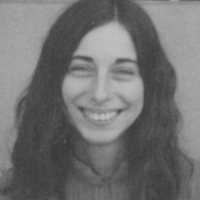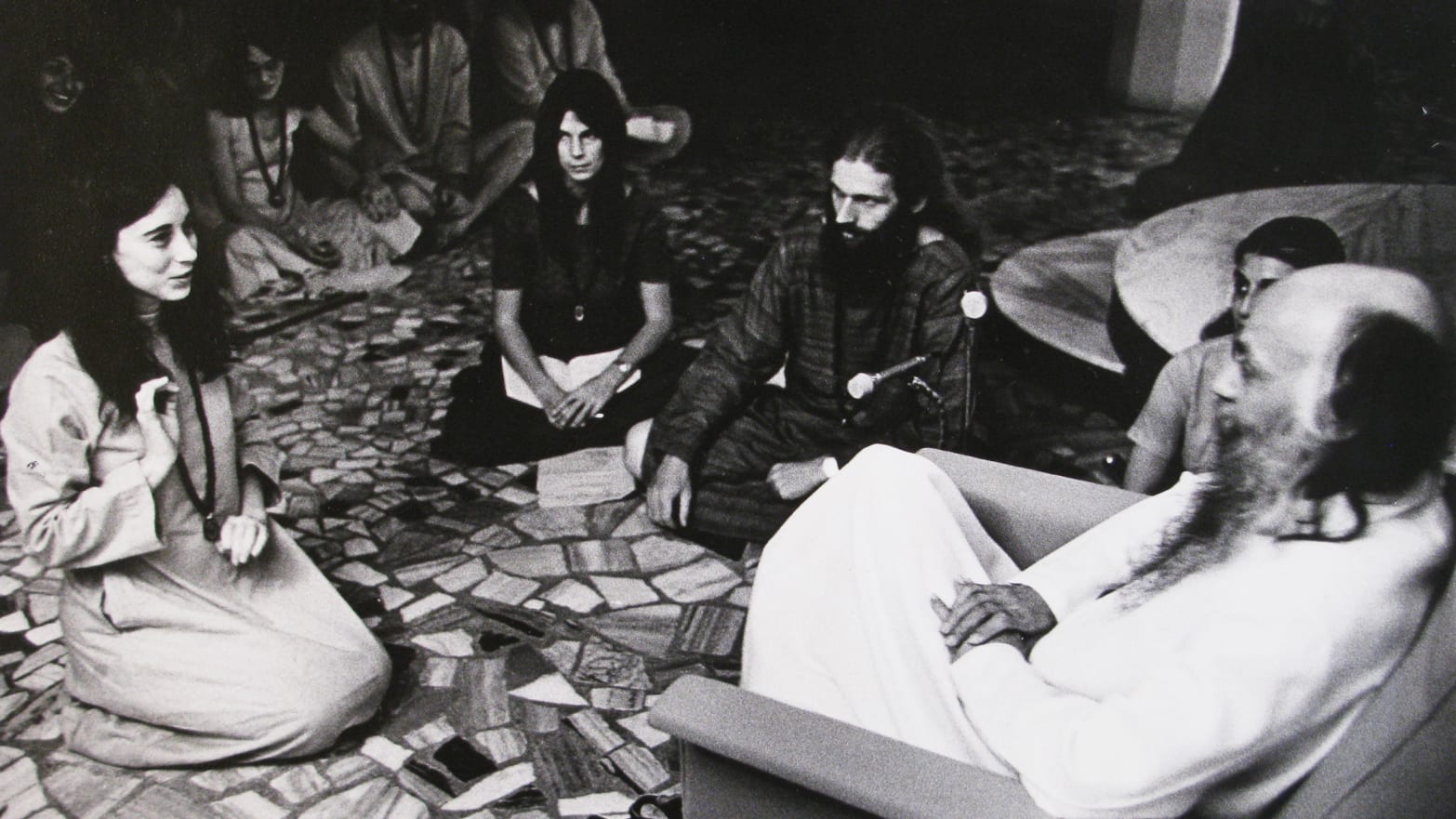The new Netflix series Wild Wild Country is explosive and shocking, but doesn’t get to the heart of why tens of thousands of intelligent, well-educated people gave up their careers—and in most cases (including mine) their children and families—to follow a spiritual path that turned out to be a con.
Multiple crimes committed in Oregon by followers of the so-called sex guru/Rolls-Royce guru Bhagwan (Osho) Rajneesh are explored in the documentary—poisonings, attempted murder, wiretapping, immigration fraud—but only alluded to, in a brief clip at the end, is the fear of excommunication and expulsion ranch residents lived in, and how total our isolation from the outside world was. Every single aspect of our lives was controlled by the ranch hierarchy, with an army of spies working and living among us to report signs of rebellion or apostasy. Our few private possessions were riffled through daily by the cleaners, and our ingoing and outgoing mail read.
Barely touched upon in the documentary is the underlying story of how easily spiritual goals can be perverted when people suspend their critical judgment and turn a blind eye to signs of corruption and escalating totalitarianism, which I explored at length in my book The Promise of Paradise: A Woman’s Intimate Story of the Perils of Life with Rajneesh. Oddly enough, the only Rajneesh followers interviewed on camera were those convicted of crimes or official apologists for the community’s repeated circumventing of federal and state law: Sheela (Bhagwan’s secretary), her co-conspirator, second husband, ranch lawyer, and a P.R. spokeswoman.
The creators (Maclain and Chapman Way) once again put Sheela center stage, where she clearly likes to be. She’d fought her way to the top of the Rajneesh hierarchy to get there, getting rid of anyone who stood in her way, even when this meant poisoning or drugging them. Bhagwan’s longtime companion Vivek is barely mentioned; his longtime secretary Laxmi barely mentioned. Their suspicious illnesses and deaths are completely ignored.
I was one of Bhagwan’s first Western disciples, lived in his house, and was once a close friend of Sheela’s. Yet unbeknownst to me at the time, I was poisoned in India at the ashram medical center then shipped back to the U.S. on a stretcher, my weight down to 79 pounds. (My physician-father said the only thing wrong with me was that the ashram doctors had turned me into a drug addict. It wasn’t the doctors, of course. Sheela’s new sidekick, Puja—known as the Dr. Mengele of the ranch years—was now running the ashram medical center.)
Six months earlier, Sheela’s first husband, Chinmaya, whom she spoke movingly about in the documentary, died under suspicious circumstances at the ashram. (Puja was there when it happened.) According to the FBI testimony of one of Sheela’s co-conspirators, she admitted that she’d personally injected Chinmaya with the drug that killed him, calling it a “mercy killing.” The Ways never questioned her about this. Did they dig deeply enough into the records to be aware of it? Talk to people who’d been there? Ask questions about why Chinmaya died when he did, while his Hodgkin’s disease was in remission and he was doing well, certainly not on his deathbed?
In 1972, when I was living with Vivek in Bhagwan’s Bombay apartment, Sheela came to see Bhagwan. (She’d known him, briefly, as a child.) Bhagwan told me to convince her to “take sannyas” (become his disciple), and my efforts succeeded: she did. Our friendship continued when we both returned to the States, then moved to the ashram in India.
Most sannyasins’ only access to Bhagwan was through his secretary, Laxmi, but I was in the unique position of having a direct access to him though Vivek. Sheela felt threatened by this and managed to manipulate the situation through lies and court intrigues until my relationship with Vivek ended and she became my closest friend.
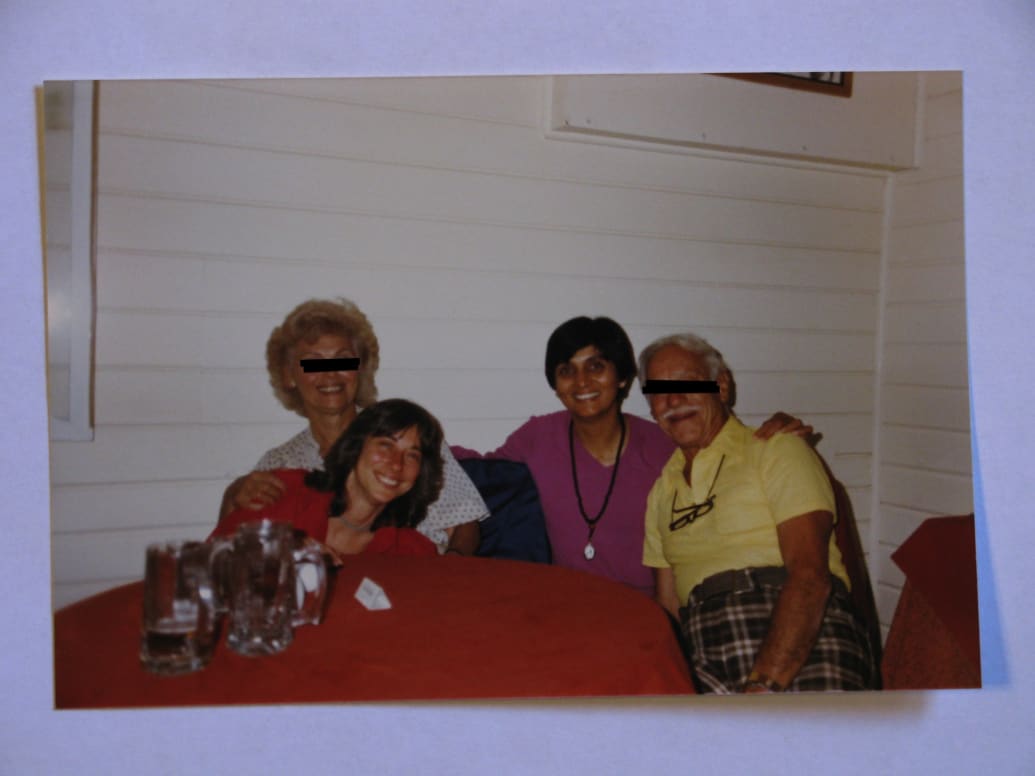
Handout
Sheela hated my constant longings for my children, whom I missed desperately. She’d gotten sterilized so she’d be free to do “Bhagwan’s work.” Before long, scores of other ashram women were told to get their tubes tied (and ashram men to get vasectomies). No one was forced to do this, but it was presented as something Bhagwan wanted. He’d spoken about having and raising children being an impediment to one’s spiritual growth. Sheela and Chinmaya adopted her niece, who never lived them with them. The adoption allegedly allowed Sheela to claim increased death benefits when Chinmaya died.
Some of the sterilized women left the Rajneesh movement and never forgave Bhagwan—or Sheela—for ruining their lives.
While I was running the foreign publishing department and writing books about Bhagwan and the ashram, Sheela moved from job to job, finally becoming Laxmi’s secretary. What she really wanted, though, was Laxmi’s job. Sheela and I began traveling to the States periodically, either alone or together, to do “Bhagwan’s work” there. She mostly went on shopping sprees, while I’d spend time with my kids, meet with publishers to discuss getting Bhagwan’s books published in the States, and arrange for U.S. book distributors to distribute his ashram-published books. Harper & Row wasn’t interested in publishing Bhagwan’s books, but wanted me to write a book on meditation for them. (They knew I was a poet and speechwriter for Shirley Chisholm.)
When I returned to India and told Bhagwan this, he said not to write anything for Harper & Row but, instead, to rewrite his early books in a form they’d publish. These books had multiple fonts on every page and were repetitive and contradictory, often making no sense. In order to make them suitable for publication in the West, I took concepts from various talks of Bhagwan’s, interwove them, then rewrote the material to such an extent that I virtually ghostwrote the books. I wrote substantial portions of each book—entire chapters, sections describing meditation techniques, appendixes—but was familiar enough with Bhagwan’s speaking style to make it “sound” like him. It was through these books that most people in the West learned about Bhagwan and his teachings. I still hear words I’d written myself being quoted as Bhagwan’s words. (Rajneesh Foundation International now publishes these books—with my name removed!) My own books about Bhagwan were soon being published by major publishing companies worldwide as well, drawing people to the ashram.
While Sheela was doing “Bhagwan’s work” in the States, her husband, Chinmaya, was hospitalized. I stayed with him in the hospital, Sheela only learning he was there when she returned to India. She was enraged that she hadn’t been told about Chinmaya, but conflicted about it, too. She felt her place was with him, but that if she’d been with him, she wouldn’t have been able to do “Bhagwan’s work.” (Her approach to “the work” was different from mine. If it wasn’t possible to do something legally—ship large quantities of books to the States without paying duty on them; bring the prohibitively expensive diamond watches Bhagwan liked into, or out of, India or the U.S. without declaring them at Customs—I’d tell Laxmi and Bhagwan it couldn’t be done. Sheela was willing to skirt the laws of both India and the U.S. to do whatever she was asked to do.) Bhagwan made it clear to Sheela that she had to decide whether to focus her attention on Chinmaya or on “his work.” She struggled with her decision for a day or two—then chose Bhagwan.
Was he the one who decided it was time for Chinmaya to die or was Sheela? She claims it was Bhagwan, but she would, wouldn’t she? Maybe it’s even true. But her teary-eyed mourning of Chinmaya while the filmmakers’ cameras were rolling was as staged as her other media performances over the years. She’d asked Chinmaya’s sister, Abby, to send her the pictures she showed of him in the documentary without mentioning the Netflix series to which Abby could have added some much-needed insight. (Sheela reverted back to using Chinmaya’s last name for the documentary. She’s had two other husbands since then and, until now, has used the last name of her deceased Swiss husband.)
Sheela had “a bad habit of poisoning people,” she admitted at her trial. But I don’t know for a fact that she was the one who had me poisoned in India. I remember her visiting me for the first time in the ashram medical center where I’d been bedridden for weeks, steadily getting weaker for no apparent reason. Standing beside my bed, holding my hand, she told me she’d lost her husband in India and wasn’t going to lose her best friend there, too. We’d ceased to be close after I’d moved into Bhagwan’s house, then had become increasingly estranged as fans of my books began showing up at the ashram, asking to meet me. Sheela was infuriated by this. “You sit in your room writing your little books while I’m doing all the work,” she’d scream whenever I went into the office to see Laxmi, “and you’re the one who will be famous, not me! It isn’t fair!”
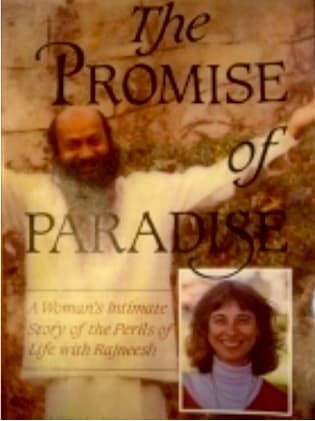
Amazon
I was flattered that she’d called me her best friend. Of course, I was zonked out of my mind by then on the hallucinogens, tranquilizers and other drugs I was being given in the ashram medical center.
Once Sheela replaced Laxmi as Bhagwan’s secretary, she took my books off the market—I’d donated the rights to the Rajneesh Foundation—and had my unpublished manuscripts destroyed. At the Oregon ranch, I was placed in jobs that kept me secluded from the press and public: effectively silenced. I was also on the “Shit List” of people to be spied on, provoked and humiliated by Sheela’s underlings, the ruling class at the ranch. And yet, despite all this, I stayed.
In part, it was because Kirti, the man to whom I’ve now been happily married for over three decades, wasn’t ready to leave yet. When we finally did, we snuck out in the middle of the night, afraid for our lives. I doubt I’d have been allowed to leave. I was kept there, hidden from public view, because my book gave me ready access to the press and Sheela was afraid of what I’d say. When Grove Press, one of my publishers, asked me to write a book about the ranch, my notebooks were confiscated, and I was told I “couldn’t even write a cookbook.”
I also stayed, though, because, for better or worse, the Rajneesh community was the only world I knew anymore. I’d given up everything to be with Bhagwan, and while I no longer felt a deep connection to him, I didn’t feel emotionally strong enough to face my children and the pain I’d caused them by absenting myself from their lives. That my spiritual journey had turned into a travesty made it all the harder to justify my decisions, even to myself. It’s to my children’s credit, and their ability to forgive the unforgivable, that I’m extremely close to them and their kids—a devoted, hands-on grandma. (My son Billy was murdered by stranger in San Francisco in 1987. I never had a chance to make it up to him for what I’d done. Sheela didn’t send her condolences, writing me a long letter, instead, about how she was now an enlightened master in her own right.)
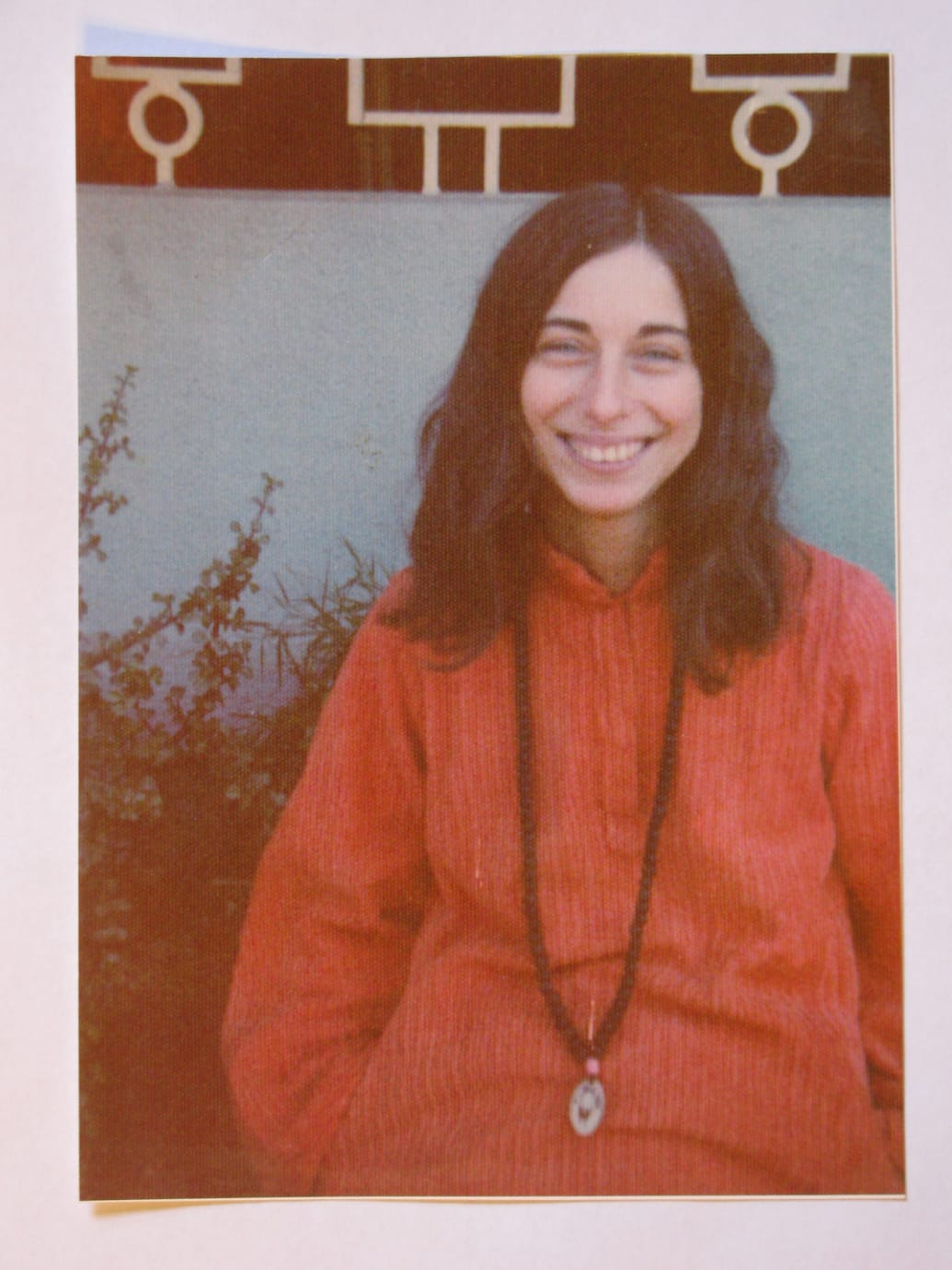
Handout
To set the record straight: most of us living in Rajneeshpuram were unaware of the crimes being committed by Sheela and her cohorts. We didn’t know about the guns and assault rifles, the mass-poisonings, attempted murders, ranch pilots ordered to crash their planes into government buildings (something they refused to do). But we knew Sheela had gained dictatorial control over every aspect of our lives, and that what she said was law—more than the law: Bhagwan’s orders. He was the unquestioned authority on everything—the man we’d made God—and only Sheela knew what he wanted.
Sheela is a master manipulator like Bhagwan. She manipulated the Ways, too. It was her world that was portrayed in Wild Wild Country, not the world the rest of us were living in. Bhagwan had helped thousands of us awaken from the dreams and illusions of our conditioning; he’d helped us rediscover joy again. These were no small treasures by anyone’s standard, even if he spoke of the nuclear family as evil (the ashram/ranch/commune was to be our family now). Bhagwan created new dreams for us to believe in, and still looking for a meaning to define our lives, we bought it all, willing partners in our own deception.
As for orgies at the ranch—no way they happened. We were working 16-18 hours a day, seven days a week. Who had the time or energy for an orgy?! The video footage of naked sannyasins rolling around on mattresses, fighting or erotically entwined, was shot in an encounter group at the (first) Rajneesh Ashram in India (now known as “Poona 1”). I can’t swear that Sheela and her cronies didn’t have orgies in Oregon—they lived in a different world from the rest of us—but their world was as constricted in its own way as ours, maybe more so. We had a certain freedom—the freedom not to know—while they were implicated in every mad scheme Sheela and Bhagwan came up with. No one got out of this unscathed.
Not even them.
The Promise of Paradise: A Woman’s Intimate Story of the Perils of Life with Rajneesh by Satya Franklin is available for purchase online through Amazon and eBay.
